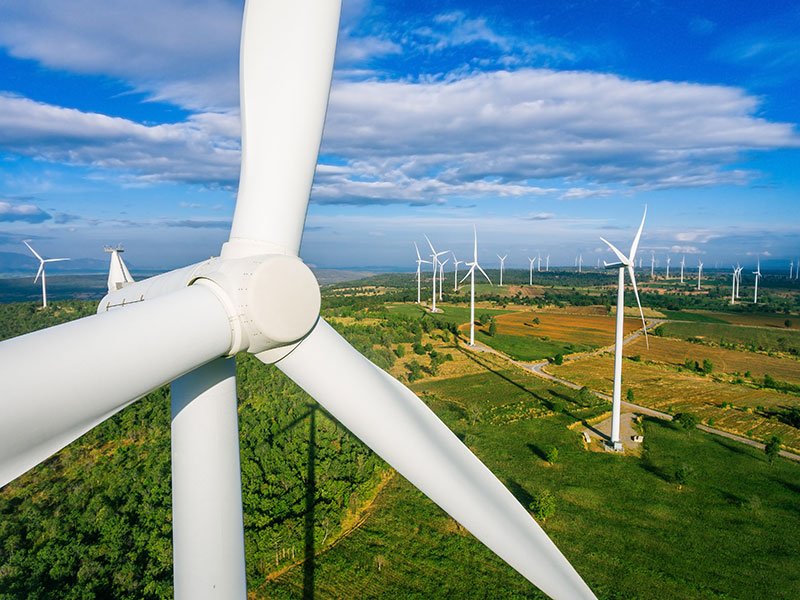A capacity study on Australia’s workforce needs to transition to a clean energy economy will be undertaken by Jobs and Skills Australia later this year.
The announcement was made following a Commonwealth and state Skills Ministers Meeting in Brisbane on Friday.
“The clean energy study will support workforce planning to build a strong and vibrant clean energy sector and deliver energy transition and the transformation to a net zero economy by 2050,” according to the meeting communique.
A report by the Melbourne University-led Net Zero Australia team estimates that up to 1.3 million new workers will be required to reach Australia’s 2050 net-zero target.

“Most of their work will be in growing exports across Northern Australia, which would experience significant population growth… Most of the workforce will need technical skills, including in renewable generation, transmission, energy storage, clean hydrogen, and [carbon capture, utilisation, and storage],” the report reads.
Net-Zero Australia estimates that about one third of jobs will require a degree, with about 60 per cent requiring a vocational or TAFE qualification.
The clean energy workforce capacity study will complement the ongoing Australian Energy Employment Report (AEER), the country’s first survey of the national energy workforce. The AEER survey will remain open until April 30.
The Department of Climate Change, Energy, the Environment, and Water notes that “Australia lacks data to understand energy sector jobs, including those working in other related sectors, the people in those jobs and their skills, and forecast how these jobs are changing”.
Work on the AEER will support policy development around jobs, skills development, and training opportunities in the energy sector, as well as to allow organisations to improve industry-led workforce planning, support business opportunities and direct industry investment.
It will also enable new government initiatives such as providing a transition for fossil fuel industry workers and workforce diversity.
On Friday, the federal government committed $10 million to establish an Energy Futures Skills Centre at the University of Wollongong and $2.5 million for a Renewable Energy Training Facility at the Wollongong TAFE.
The Department of Home Affairs is also undertaking a strategic review of the migration system while Treasury is preparing an employment white paper.
Last Wednesday, Home Affair minister Clare O’Neil described the said “Australia’s migration system is broken. It is unstrategic. It is complex, expensive, and slow. It is not delivering for business, for migrants, or for our population”.
Ms O’Neil also flagged that she would make it easier for intra-company transfers of skilled workers employed in business’ operations outside of Australia.
Do you know more? Contact James Riley via Email.


Honestly don’t understand how the onshore wind capacity factor ranges in the Net Zero Australia Report from wind power in Australia top out at 0.34 – 0.39 CF when there are actual, real life wind farms pushing 0.50 and above in WA and Victoria, and it’s a misleading metric, because it’s wind speed that is consistent, turbine developers are constantly lifting the CF of their turbines for windy and less windy areas.
There’s no such thing as “clean” energy – because there’s no such thing as dirty energy. There’s just energy. Energy doesn’t have a colour. There’s no orange or purple energy, and no “green” energy. There’s just energy. But there is energy generation that produces carbon dioxide and generation that doesn’t. Should we focus on the real issue and not cleanliness? We know what the real issue is.